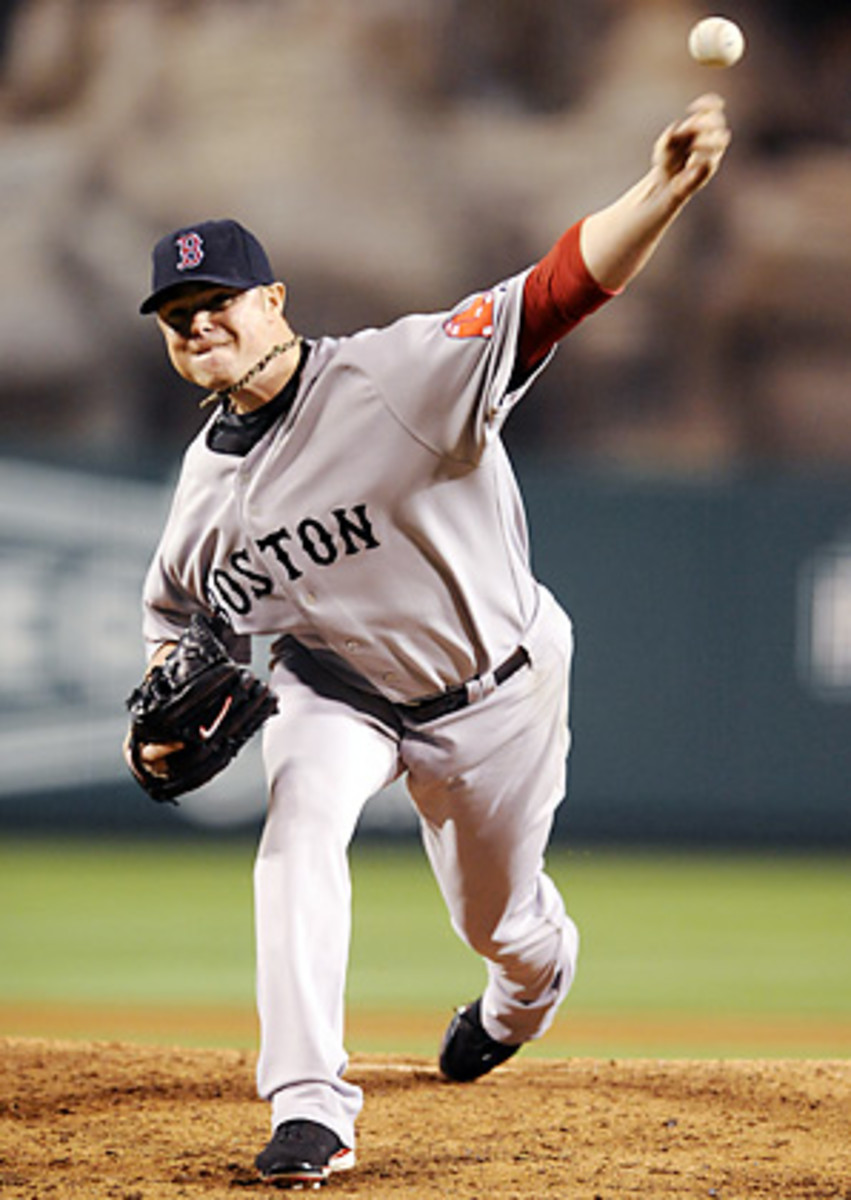For better, for worse: Skill wins out over luck in long run of season
Most have heard the expression "It's better to be lucky than good", but an analysis of baseball statistics tells us that opposite is actually true. As a matter of fact, a few forward-thinking baseball minds are beginning to literally measure luck and the impact that it has on the game.
A number of complicated mathematical formulas can be used to illustrate a fairly simple notion -- that even though pitchers' "stuff" can dominate hitters, those pitchers actually have very little control over what happens to balls put into play. This notion is known as fielding independent pitching or "FIP". In part, FIP helps us to understand which pitchers were good and which ones were just getting lucky.
Skill as a commodity is far less fleeting than luck and is a vastly superior predictor of success. FIP attempts to weigh the difference between what has happened and what in essence "should" happen. Over a long enough period of time, luck will eventually run out and the cream of the crop -- in terms of talent -- should rise to the top. Recognizing which statistics to rely on is essential in separating luck from skill and hope from knowledge. FIP allows us to do just that.
After all, to excel at fantasy baseball, all you need are two essential components -- a little bit of luck, and the ability to predict the future. All in all, that's not really asking for too much, is it?
For this exercise, players that are more good than lucky are For Better; those that are more lucky than good are For Worse.
Jon Lester, SP, Boston Red Sox. In 2009, Jon Lester had a 5.65 ERA through the end of May (11 starts). Over his first 65.1 IP, he'd already surrendered 11 home runs and some clamored for the Red Sox to option him to the minor leagues. By season's end, Lester had won 15 games and finished among the Top-5 in the American League in ERA (3.41). Not only did Lester turn in a dominant second-half, but his first half was marred by bad "luck". Despite posting a stellar ERA, his FIP (3.13) suggests he was even better, and he could carry that success forward to 2010.
Cole Hamels, SP, Philadelphia Phillies. After posting ERAs of 3.39 in 2007 and 3.09 in 2008, Hamels slumped to a 4.32 number in 2009. However, his K/9 and BB% have been nearly identical for three seasons running. A steep spike in hits allowed and an artificially low strand rate caused his WHIP to rise to a three-year high of 1.21 (still not bad). Additionally, Hamels' run support fell from 5.5 to 4.0 and his BABIP rose from .262 to .321. These factors suggest Hamels pitched closer to a 3.55 ERA level than the 4.00+ number he actually posted. This season looks bright for Hamels.
Ricky Nolasco, SP, Florida Marlins. No other player on this list fell further short of expectations than Nolasco. A 9.07 ERA through his first nine starts led to a brief minor league demotion. Upon returning, things turned on a proverbial dime for the Marlins hurler. For all that was made of his abysmal start, Nolasco actually pitched better than he did in 2008. His K/9 increased to 9.5 while maintaining an identical K/BB (4.4). Even though his FIP was a sleek 3.35, he was burned by a .322 BABIP. Should his luck take a turn for the better, and his skill shine through, Nolasco seems poised for a dominant season, and at a far lower cost than many other "aces".
Randy Wells, SP, Chicago Cubs. Wells was far from a highly regarded prospect, not reaching the majors until his age 26 season. Upon arriving, he was a pleasant surprise for the Cubs, going 12-10 with a 3.05 ERA, good for 10th in the National League. However, his FIP came in at 3.88 -- not a dismal number but a far cry (-0.83) from his actual number. With a normalization of his HR/FB rate, 2010 doesn't look so rosy for the Chicago right-hander.
J.A. Happ, SP/RP, Philadelphia Phillies. Happ was something of a rookie sensation in 2009, posting the eighth-best ERA in the National League (2.93) while helping the Phillies to a second consecutive World Series appearance. A flyball pitcher in a home run-friendly park is seldom a recipe for success, but Happ bucked the odds for one year at least. The difference between Happ's 4.88 FIP and 2.93 ERA (-1.40) was the worst in baseball. A normalization of .270 BABIP and HR/FB rate should go a long way in shedding light on the pitcher he really is.
Jair Jurrjens, SP, Atlanta Braves. Jurrjens' ERA fell by more than a full run, ultimately finishing third in the National League with a 2.60 mark. His FIP, however, was exactly in keeping with his 2008 number of 3.68. Why the discrepancy? Here again, a pitcher's BABIP has an effect on his ERA (in this case positive). Jurrjens' BABIP fell from a rate very near the league average to a mark of .274. With a pedestrian 6.3 K/9, it's unlikely that Jurrjens will repeat his 2009 success.






































